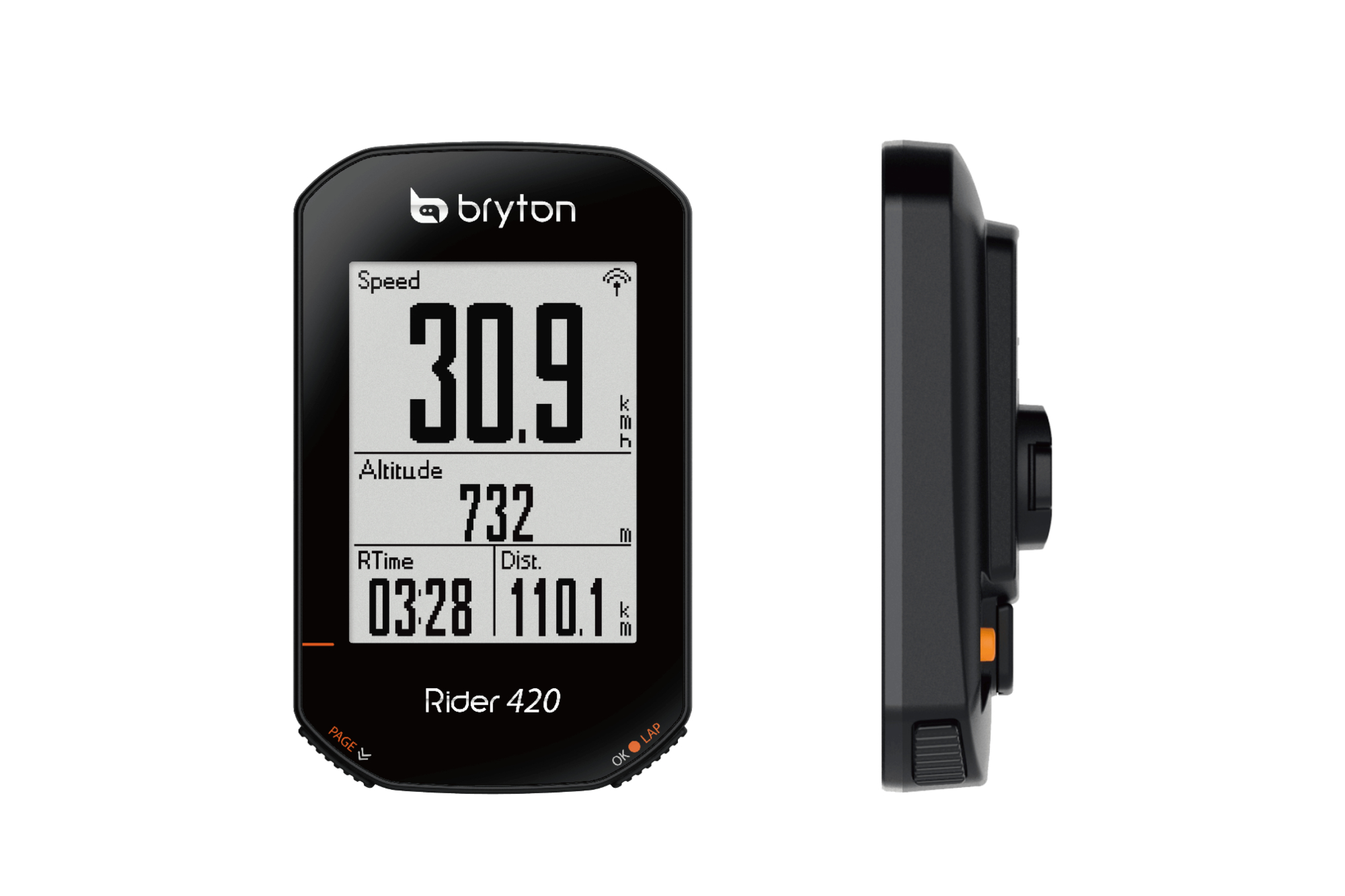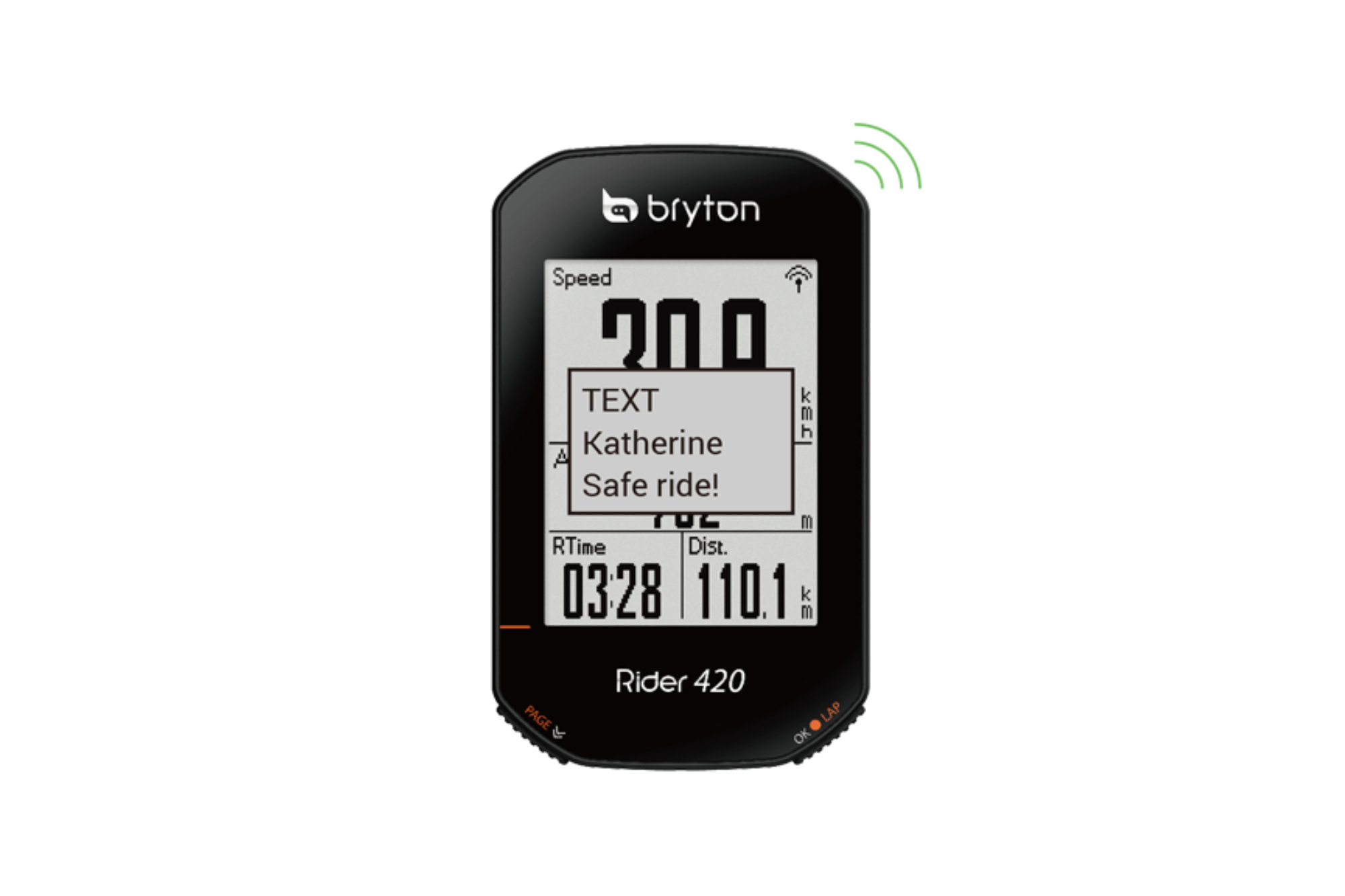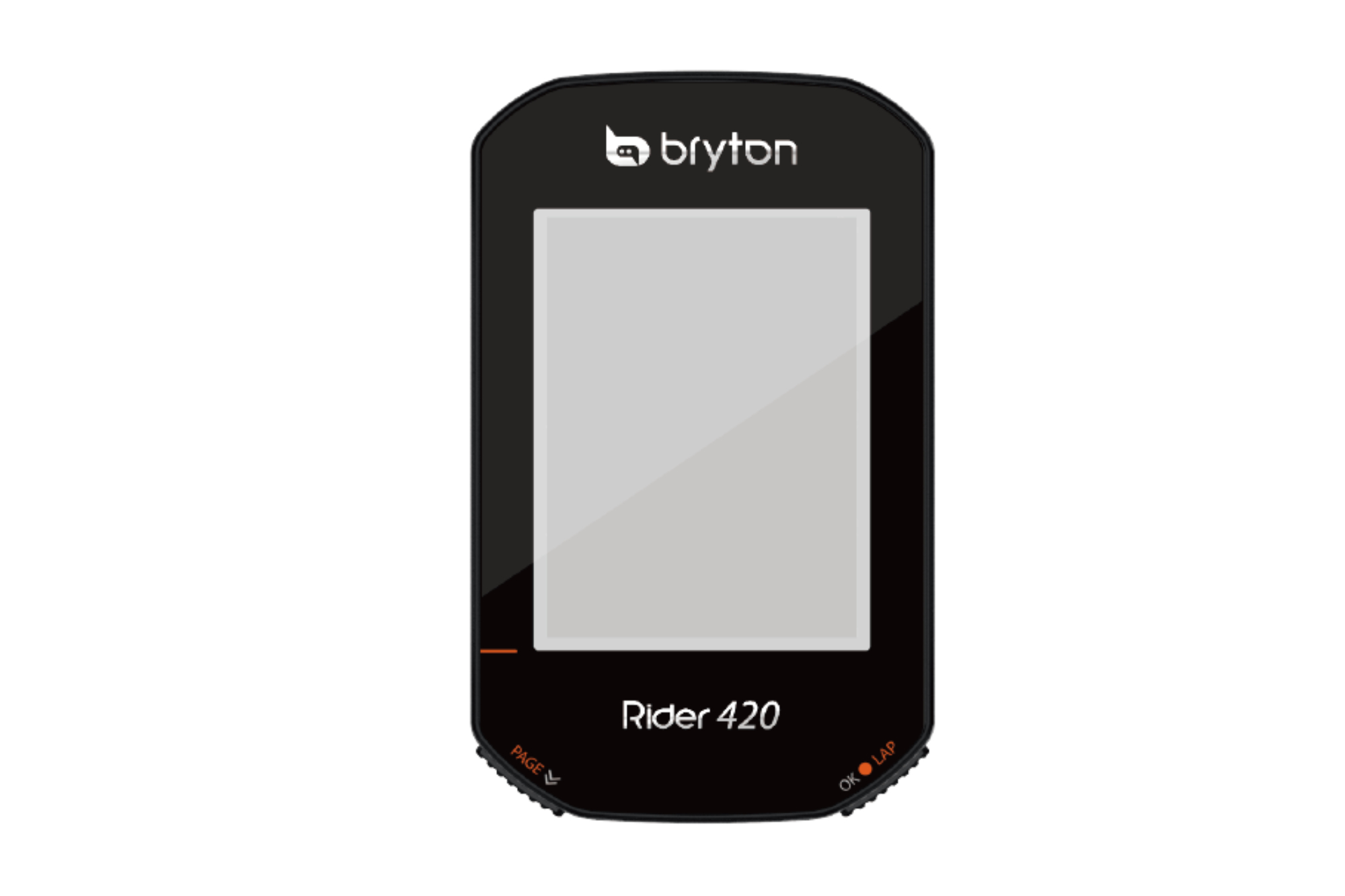Bryton 420 E computer review
A feature packed computer at a reasonable price - with some minor flaws around button placement

This is a solid bike computer with a couple of annoying design flaws. You won’t be disappointed with the level of features or what this thing will do and do well but just make sure you get an out-front mount for it, those look cooler anyway.
-
+
Great value
-
+
Easy to set up and use
-
+
Looks good
-
+
Battery life is impressive
-
-
Button placing is annoying
You can trust Cycling Weekly.
The best bike computer market is a congested one, headed up by a couple of obvious leaders who need no introduction. Bryton is generally not considered to be one of the 'big three' (or, 'big two' if we're being picky) - but the brand certainly deserves a thorough investigation by those looking to upgrade their on-board data logging system. The Taipei based tech brand has been churning out reasonably priced and feature packed GPS units for years, also sponsoring the likes of Isreal Start-Up Nation.
It’s into this crowded pool that the Bryton 420 jumps. Pitched as mid-range machine (the 320 is more basic and the 860 is bigger and comes with maps) it’s essentially the computer that does almost everything except give you a full mapping experience or time your intervals for you.
It’ll pair with an ANT+ or BluTooth heart rate monitor or power meter or both; it’ll give you altitude readings; and obviously tell you how far you’ve gone and how fast. Pretty much everything you could want from an on-board device. Plus it has turn-by-turn navigation, though the map is just a wiggly line on the screen for you to interpret.
The 2.3” screen is bright when backlit and it’ll display up up to eight of the 77 available data fields on a page at a time. It’ll even show you text messages on screen if you leave it connected to your phone. That’s a lot of features for a unit you can pick up for £100 online, while the comparable Garmin (the Edge 130) costs around £150 and the Wahoo Elemnt Bolt (which does have maps) costs £185.

Connectivity with a smartphone was simple and easy to use
In a world where the usability of consumer technology has evolved to the point where my five year old can use my smartphone with frightening ease I simply refuse to even look at instructions unless I absolutely have to and that proved no barrier to setting up the data screens how I like them on Bryton’s app – which you need to do this. Nor did I have much difficulty sending routes to the device, or setting up training sessions.
I did have to pull out the instructions to work out how to pair my heart-rate monitor, but that was partly because it was quicker than looking through the menus for the right section and I’m essentially lazy in that regard. Once found it was simple.
Out in the wind and the rain too it did all the things I expected it to do with aplomb, data was fast, easy to read and accurate. The GPS signal never dropped in five months of use. It shouldn’t have trouble when you go abroad either as it’ll happily use any one of five GPS networks used globally.
The latest race content, interviews, features, reviews and expert buying guides, direct to your inbox!
Hearteningly, coming from and old Garmin head unit, the battery life - a claimed 35hours - was a revelation. Each charge lasted me for about a week and half of riding (12-14hours) before I lost my nerve that it might run out mid-ride and plugged it in. If I had nervers of steel, it may well have lasted longer. Thankfully it didn’t do that thing some units do by seeming to accelerate the decline in the battery percentage in their second 50 per cent.

Button placement wasn't ideal
All this said, the Bryton 420 didn't offer up a faultless performance. The first issue was apparent from the first ride. The unit is fairly large and the design places the main two buttons (there are two further ones underneath) on the chamfered corners. The problem with this was that when mounted on the stem with the supplied mount I found my knees would sometimes brush the buttons and push them when I got out of the saddle on a hill. Meaning when I sat back down I had to cycle back through the screens to where I was. With a little care I could stop it happening but it still proved an on-going, if occasional, irritation. As one of those buttons controls the lap timing then it could prove infuriating if you were using it to time intervals.
This would be less of a problem if an out-front mount was readily available but while Bryton make one for £25 there wasn’t any in stock over the five month test period – I checked several times. Plus, the fixing isn’t perfectly compatible with Garmin ones so if you think you could just use an existing on or get a Garmin one from the host of third parties, think again. I’d advise purchasing one of Bryton’s mounts at the time of getting the computer if you can find one – frankly it’d be better if Bryton just included one.
The other issue was with navigation. The combination of the wiggly line and turn-by-turn directions was very good at getting me round with minimal navigation errors but it was baffling that the computer would frequently tell me that routes were several kilometres longer than they were meaning I couldn’t really trust the count-down on the screen. When you’re on a long hard ride it is good to know exactly how far you’ve got to go.
I did eventually fix it by planning routes in Bryton’s app, rather than Strava or Garmin Connect but it’s not as slick an interface as either of those and if you have existing routes (I have over 200 stored on Strava) it is irritating to have to re-draw them.
Having trained as a journalist at Cardiff University I spent eight years working as a business journalist covering everything from social care, to construction to the legal profession and riding my bike at the weekends and evenings. When a friend told me Cycling Weekly was looking for a news editor, I didn't give myself much chance of landing the role, but I did and joined the publication in 2016. Since then I've covered Tours de France, World Championships, hour records, spring classics and races in the Middle East. On top of that, since becoming features editor in 2017 I've also been lucky enough to get myself sent to ride my bike for magazine pieces in Portugal and across the UK. They've all been fun but I have an enduring passion for covering the national track championships. It might not be the most glamorous but it's got a real community feeling to it.